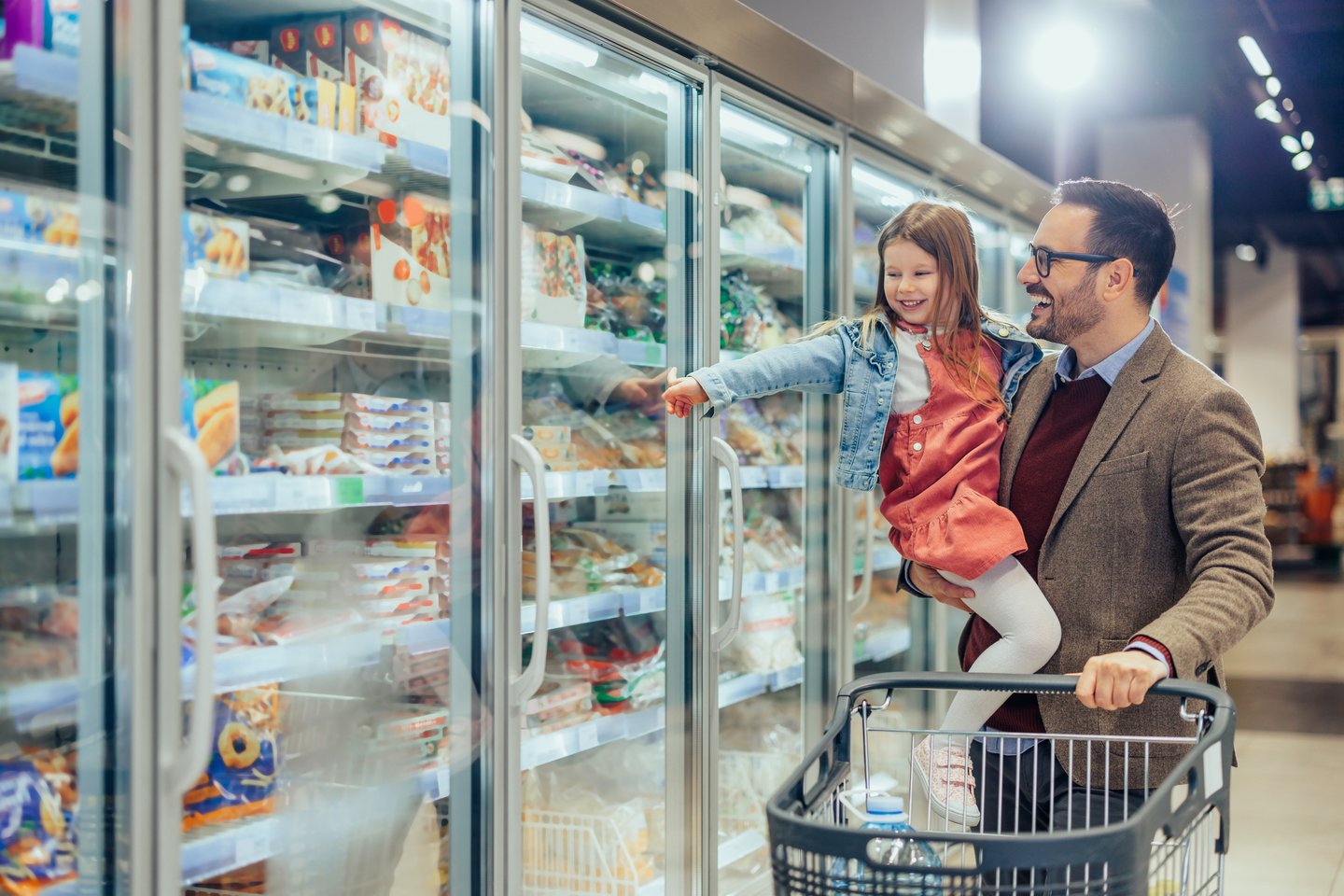Why millennials are increasingly shopping in the frozen food aisle
Canadians are looking for a delicious meal to put on their dinner tables. They’d prefer if it was convenient – and healthy, too.
They may not envision that spread coming from the freezer, but they should be. More than ever, consumers are finding flavorful fare in the frozen food aisle, an ever-changing category that’s catering to a wide range of preferences and age groups.
Conagra Brands Canada (the company behind frozen favourites like Healthy Choice, Gardein, POGO, Marie Callender’s and Hungry-Man) says the genre is growing in popularity – but not for the reasons you may think.
“We’re constantly monitoring both national and global trends to seek consumer preferences and attitudes. This includes how they prioritize health and nutrition in food, where they’re looking for it, and what’s important to different demographics in terms of boosting health,” says Paul Hogan, VP of Conagra Brands Canada.
Frozen foods is now a $5.6 billion category, with frozen meals and entrees in the lead, according to NielsenIQ.
“The frozen food aisle is not what many of us remember from growing up. It has become a destination catering to different needs: convenience, taste, health, indulgence and value,” Hogan says. “Since the start of the pandemic, food shopping and consumption habits have shifted regularly, but leveraging frozen food has proven to be a sustainable trend.”
For grocers, the trend has brought about new opportunities, particularly as younger Canadians seek out convenient meal-prep solutions.
“Many millennials are entering the early stages of family formation, whether that be forming partnerships, marriage, or starting a family. Ipsos data reveals millennials are seeking easy, quick, and affordable solutions for dining/cooking, particularly with multi-serve frozen meals – to mitigate costs during an expensive time in their lives,” Hogan says.
Convenience is also the main motivator for Canadians at large when purchasing frozen, with 31% noting the “ease of preparation” and “requirement of little to no planning” as top drivers (Ipsos).
But that doesn’t mean the category doesn’t cater to health-conscious consumers, who are increasingly turning to alternative diets, foods that boost their mental well-being and ingredients that target protective health.
“We’re also seeing the frozen aisle evolve to meet the demand of new immigrants and Canadians looking for diverse flavours, which has created a growing pocket of innovation in terms of global cuisines across the frozen category,” Hogan says.



